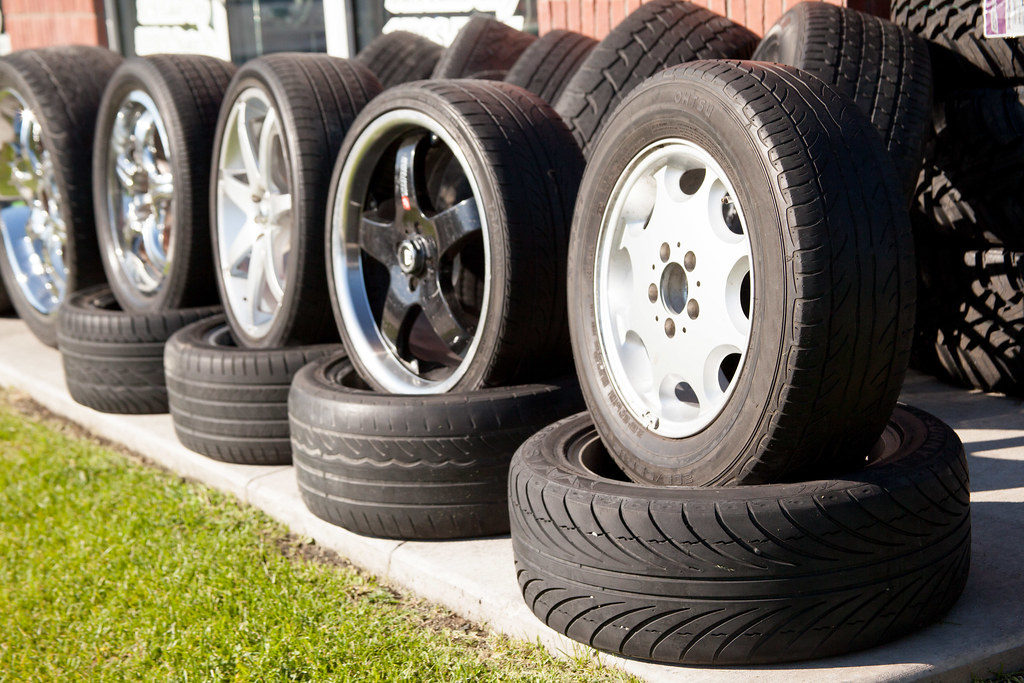
Tires are the unsung heroes of our vehicles, providing the essential grip and stability needed for safe driving, yet many car owners neglect their maintenance and age assessment. Understanding tire tread and what it signifies for your safety is the foundational step toward responsible vehicle ownership, ensuring you stay safe on the road.

1. **What is Tire Tread?**: Tire tread refers to the raised patterns on the tire surface that interacts with the road, and this intricate design is vital for traction, particularly during challenging weather conditions. As you drive, the tread gradually wears down, which can significantly impact your vehicle’s performance and safety, making it essential to keep an eye on its quality for optimal grip.

2. **Why Does Tread Depth Matter?**: The depth of your tire tread directly affects how well your tires grip the road, and as tread depth decreases, your tires lose their ability to channel water effectively, increasing the risk of hydroplaning in wet conditions. The industry standard suggests a safe minimum tread depth of 2/32 of an inch, and maintaining sufficient depth is critical for safe maneuverability and shorter stopping distances.

3. **Signs of Worn Tires**: Tread wear is not always uniform, so it’s important to regularly inspect your tires for uneven wear patterns, cracks, or bald spots. A visual inspection can help identify tires that may be due for replacement before they become a safety hazard.

4. **Penny Test Introduction**: Now that we recognize the importance of tire tread, let’s explore a straightforward yet effective way to check your tire’s tread depth – the Penny Test. This method allows you to easily assess whether your tires are road-safe or in need of replacement, and it requires only a penny, no special tools necessary!

5. **Preparing for the Penny Test**: To perform the Penny Test, first ensure your vehicle is parked on a level surface and the tires are cool. Grab a penny and examine the grooves of your tire. The placement of Abraham Lincoln’s head will serve as your guide for assessing tread depth.

6. **Conducting the Penny Test**: Insert the penny into several grooves of the tire you are evaluating, with Lincoln’s head facing down, to visually gauge the tread depth. If the top of Lincoln’s head is visible, it means your tread depth is below the 2/32-inch minimum, indicating that it’s time to replace the tire; conversely, if Lincoln’s head is covered, your tires still have a safe amount of tread remaining.

7. **Repeating the Test**: It’s essential to repeat the Penny Test across all four tires as each may wear differently due to factors such as alignment and weight distribution, ensuring that you maintain consistent safety across your entire vehicle. Each tire plays a crucial role in your overall driving experience, so don’t overlook any of them.

8. **Additional Testing Methods**: While the Penny Test is a fantastic initial assessment, consider complementing it with other methods for a thorough evaluation. For example, using a quarter can provide a different tread depth threshold; if the tread reaches Washington’s head, you still have about 4/32 of an inch left, along with tire depth gauges and built-in wear indicators for precise measurements to enhance your routine checks.

9. **Understanding Tread Wear Implications**: A tire with good tread depth not only provides a safer driving experience but also enhances fuel efficiency. Worn tires can lead to decreased fuel economy and increased stopping distances, making it crucial to monitor tread regularly. Keeping tires in good condition helps you stay safe on the roads and saves you money in the long run.

10. **Tire Lifespan Considerations**: In general, tires should be replaced every three to four years, though this can vary based on your driving style and environment. Regular inspections, including tread depth checks and monitoring other wear signs, are crucial for determining the optimal timing for a tire change to ensure your safety.

11. **When to Seek Professional Help**: If you notice signs of uneven wear on your tires or if you’re uncertain about their condition after conducting the Penny Test, it’s wise to consult a professional. Tire technicians can perform a comprehensive inspection and offer guidance on whether your tires need repair or replacement.

By understanding tire tread’s importance and learning how to evaluate it, you empower yourself as a car owner. Regularly checking your tire tread not only ensures your safety but also enhances your vehicle’s longevity and performance, so grab that penny and start checking – your tires will truly appreciate it!
Related posts:
Check for Tread Wear
How to Check Tire Age through Tread Block
Expert Tips on How to Know if Used Tires are Still Safe to Use and Buy





